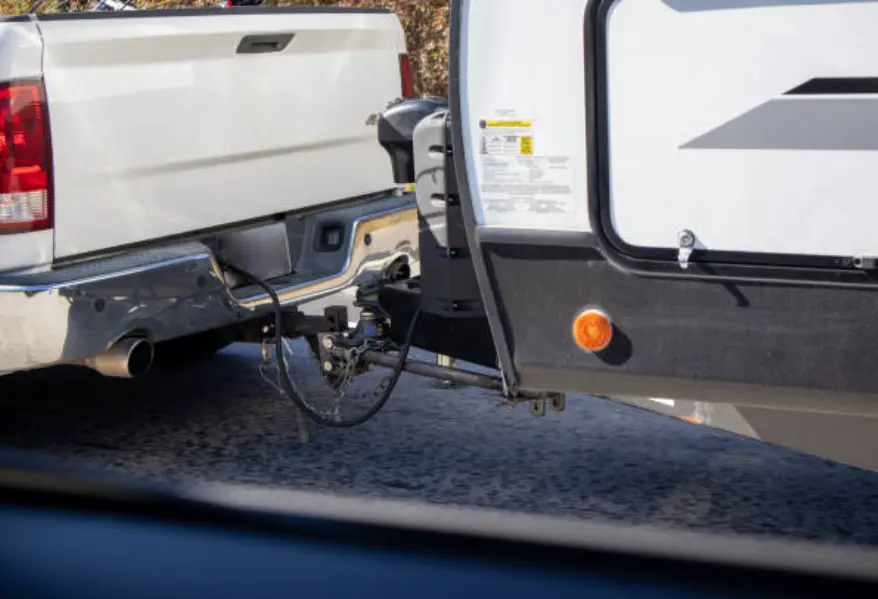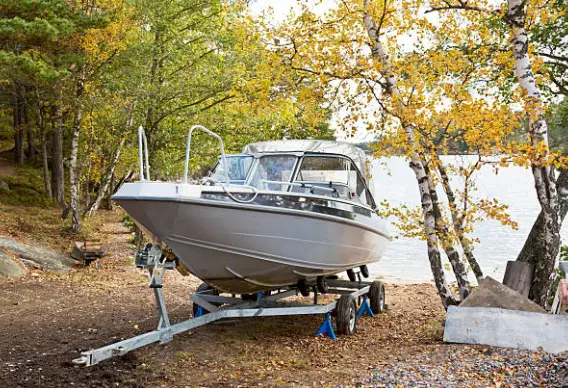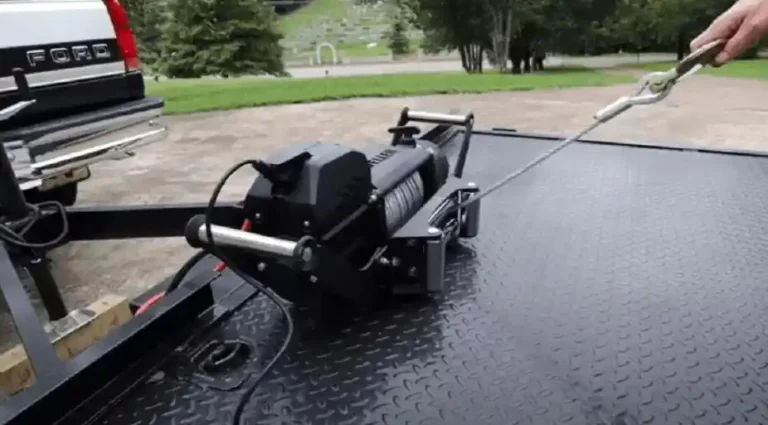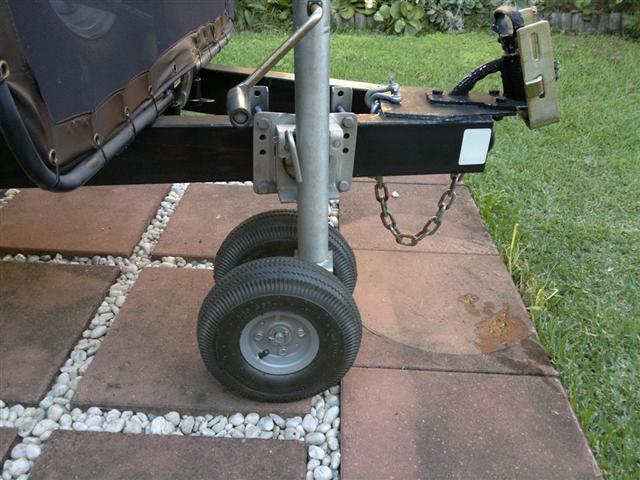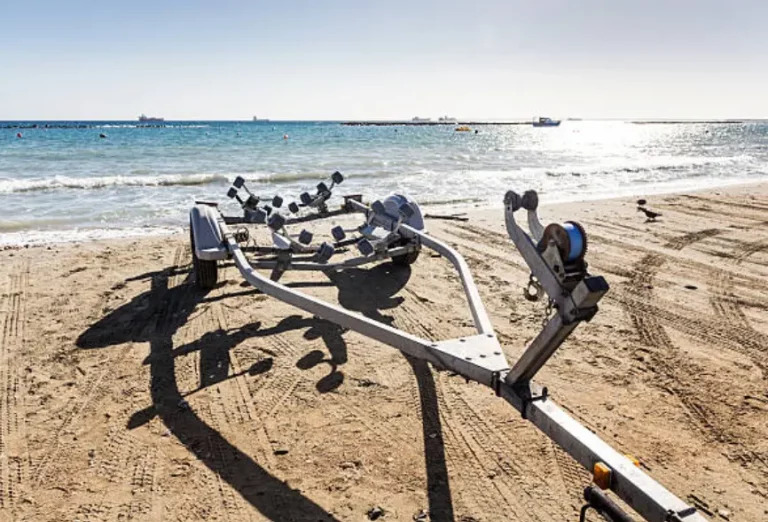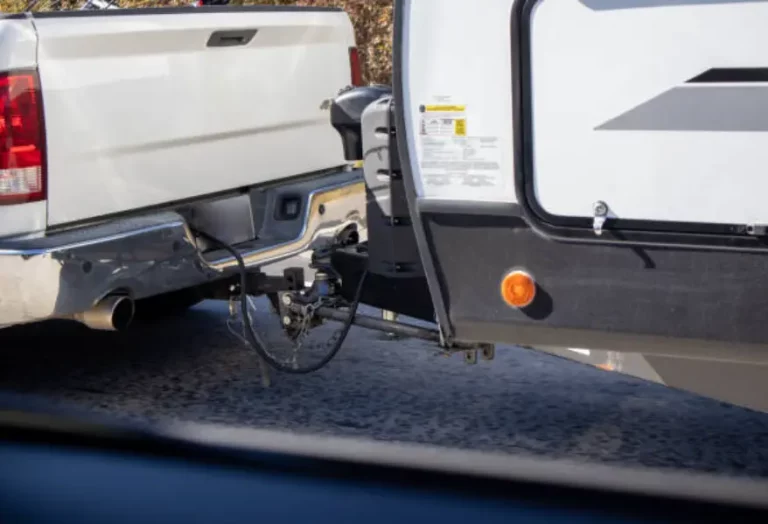Go Trailer Parts is a professional trailer parts manufacturer and supplier that focuses on providing high-quality trailer parts, including jockey wheels, winches, couplers, axles, and springs. They also manufacture custom trailers such as boat trailers, cage trailers, and car trailers. With over 15 years of experience in the trailer parts business, Go Trailer Parts is committed to safety, quality, and honest business practices, and aims for long-term cooperation with customers.
To keep your trailer in top condition and ensure safety, it’s essential to follow a regular maintenance schedule. A well-maintained trailer is not only safer but also more reliable and cost-effective in the long run. Neglecting maintenance can lead to costly repairs and dangerous situations. This comprehensive checklist will guide you through the essential maintenance tasks for your trailer.
Regular Maintenance Schedule
Here’s a detailed breakdown of key maintenance tasks, incorporating information from the sources:
Per Trip Checklist
Before each trip, it is crucial to perform these checks to ensure your trailer is safe and roadworthy.
- Tires:
- Check tire pressure:Ensure that your tires are inflated to the recommended pressure. Proper inflation is vital for safety and fuel efficiency.
- Inspect tread wear:Look for uneven wear patterns, bulges, or cuts in the tire tread. Replace tires that are worn or damaged.
- Lights:
- Verify proper light function:Check that all trailer lights, including brake lights, turn signals, and running lights, are working correctly. Faulty lights can lead to accidents and legal issues.
- Consider upgrading to LED trailer lights for enhanced visibility, durability and energy efficiency. LED lights have a longer lifespan and use less power than traditional lights. LED lights are brighter, more focused, and respond faster, improving safety on the road.
- Breakaway Switch:
- Test the breakaway switch:Pull the pin on the breakaway switch to ensure it activates the trailer’s brakes. This system is a crucial safety feature in case the trailer becomes detached from the tow vehicle.
- Breakaway Battery:
- Check battery charge level:Ensure the breakaway battery is fully charged. This battery powers the trailer’s brakes in case of detachment and is vital for safety.
- Trailer Brakes:
- Test braking function:Verify that the trailer brakes are working correctly by testing them before each trip.
- Hydraulic Brakes:If your trailer is equipped with hydraulic brakes, it is crucial to bleed the brakes and change the brake fluid regularly.
- Lug Nuts:
- Tighten to specified torque:Use a torque wrench to ensure lug nuts are tightened to the correct torque value. Loose lug nuts can cause wheel detachment, a significant safety hazard.
Every 3 Months or 3,000 Miles
These maintenance tasks should be performed every three months or after every 3,000 miles of travel, whichever comes first.
- Brake Adjustment:
- Test for proper drag:Check that the trailer brakes have a light drag and adjust as needed. Correct brake adjustment ensures that your trailer brakes are working efficiently and evenly.
Every 6 Months or 6,000 Miles
These tasks should be performed every six months or after every 6,000 miles of travel.
- Wheels:
- Inspect for cracks or dents:Carefully examine the wheels for any cracks, dents, or signs of damage. Damaged wheels can compromise safety.
- Hubs and Drum Assemblies:
- Check for scoring or wear:Inspect the hubs and drum assemblies for any scoring or excessive wear. This check is essential for ensuring smooth and reliable braking performance. You can find a range of trailer hubs at Go Trailer Parts.
- Wheel Bearings:
- Repack and check bearings:Repack the wheel bearings with fresh grease and check for any damage or wear. Proper lubrication of wheel bearings is essential for smooth wheel rotation and preventing premature failure.
- Seals:
- Inspect for damage or leaks: Check all seals for any signs of damage or leaks. Damaged seals can lead to bearing damage due to water and dirt entering the hub.
- Brake Assemblies:
- Check internal parts: Inspect the brake assemblies’ internal parts for wear, leaks, or damage.
- Electric Brakes:If your trailer has electric brakes, check the brake magnets for wear. Replace them if the surface is grooved or if the copper windings are exposed. Brake magnets are critical for activating electric brakes.
- Leaf Springs:
- Inspect for damage:Check for broken or flattened leaf springs. Damaged springs can affect the trailer’s stability and load capacity. Go Trailer Parts offers a variety of trailer springs.
- Suspension:
- Check fasteners:Check all suspension components for worn or loose fasteners. Also, inspect the shackle links for signs of wear. Ensuring that all suspension components are in good condition is vital for safe and stable towing.
Additional Maintenance Considerations
In addition to the regular schedule, these additional components require careful attention.
Trailer Axles
Trailer axles are essential components that bear the weight of the trailer and its load, and they need regular inspection and maintenance.
- Importance: Axles are the central shafts for the rotating wheels, and they are crucial for the trailer’s stability, safety, and performance.
- Types of Axles:There are several types of trailer axles, including straight axles, drop axles, and torsion axles. Straight axles are the most common, while drop axles lower the trailer for easier loading, and torsion axles provide a smoother ride.
- Regular Inspection: Regularly inspect the axles for signs of damage, especially after traveling on rough roads.
- Check for Damage: Look for any bending, cracks, or corrosion on the axle.
- Listen for Noises: Pay attention to any unusual noises that might indicate a problem with the axle or related components.
- Inspect for Wear: Check for uneven tire wear, as this can indicate a misaligned or damaged axle.
- Maintenance:
- Bearing Maintenance:The bearings inside the hubs must be regularly inspected and lubricated to reduce friction and prevent wear.
- Brake Maintenance:If your trailer has a braked axle, ensure the brakes are regularly inspected and maintained to ensure safety and optimal braking.
- Replacement:If your axle is bent or damaged, or if you notice recurring issues, replace the axle. You should also replace an axle to upgrade a trailer’s capacity. Go Trailer Parts offers a variety of axles, including disc-braked axles.
- Professional Advice: If you are unsure about your axle’s condition, seek professional advice. This is particularly important for heavy-duty or custom trailers.
Couplers
The coupler is the part of the trailer that connects to the tow vehicle’s hitch ball and ensuring it’s in good working condition is critical for safe towing.
- Regular Checks:
- Inspect for Wear: Check the coupler for wear, damage, or cracks. A damaged coupler can lead to trailer detachment, a dangerous situation.
- Ensure Proper Fit: Verify that the coupler fits correctly and securely on the hitch ball.
- Check Locking Mechanism: Make sure the locking mechanism is working properly and is engaged before towing.
- Maintenance:
- Lubricate Moving Parts: Keep the coupler’s moving parts lubricated to ensure smooth operation.
- Clean Regularly: Clean the coupler to remove dirt and debris, which can affect its performance.
- Replacement: Replace the coupler if it shows signs of damage, is worn, or is not functioning correctly. Go Trailer Parts offers a range of couplers, including adjustable couplers, straight couplers, and A-frame couplers.
Jockey Wheels
Jockey wheels assist in maneuvering the trailer when it is not connected to the tow vehicle.
- Regular Checks:
- Inspect Wheel: Check the jockey wheel for wear and damage.
- Ensure Proper Function: Verify that the swivel mechanism is working smoothly, and the wheel is able to support the weight of the trailer tongue.
- Maintenance:
- Lubricate Moving Parts: Keep the moving parts of the jockey wheel lubricated to ensure they work effectively.
- Clean Regularly: Clean the jockey wheel to remove dirt and debris.
- Replacement: Replace the jockey wheel if it is damaged or not functioning smoothly. Go Trailer Parts supplies jockey wheels.
Trailer Dolly
A trailer dolly is used to move trailers, boats, and other heavy items when they are not attached to a vehicle.
- Regular Checks:
- Inspect Wheels and Frame: Check the dolly wheels for wear or damage and verify that the frame is not bent or cracked.
- Ensure Proper Operation:Make sure the dolly operates smoothly and can handle the intended weight.
- Maintenance:
- Lubricate Moving Parts:Keep the moving parts of the dolly lubricated to ensure easy and reliable operation.
- Clean Regularly:Clean the dolly to prevent the buildup of dirt and grime.
- Replacement: Replace the trailer dolly if it is damaged or does not function effectively. Go Trailer Parts provides trailer dollies.
Importance of LED Lights
Upgrading your trailer lights to LED is a smart investment due to their many advantages.
- Enhanced Visibility:LED lights are brighter and more focused than incandescent lights, making your trailer more visible.
- Safety:LEDs provide quicker signaling for braking or turning, which is essential for road safety.
- Durability: LED lights are more durable than incandescent bulbs because they do not have fragile filaments and they are resistant to vibrations, moisture, and corrosion.
- Long Lifespan:LED lights can last up to 50,000 hours or more, reducing the need for frequent replacements.
- Energy Efficiency:LED lights consume less power, reducing strain on your vehicle’s electrical system.
- Cost Savings:Despite a higher upfront cost, the energy savings and reduced replacement frequency make LEDs more economical in the long run.
- Aesthetic Appeal:LED lights come in modern designs and various colors, improving the look of your trailer.
- Environmental Friendliness:LEDs use less energy and last longer, making them a more sustainable option.
- Compliance:Many regions have regulations for trailer lighting, and LEDs can help ensure your trailer complies with the latest standards.
Conclusion
Regular maintenance is vital to ensure your trailer’s safety, reliability, and longevity. By adhering to this comprehensive maintenance checklist, you can avoid costly repairs and ensure that your trailer is always ready to go. Remember to check your tires, lights, brakes, and other critical components before each trip and conduct thorough inspections periodically. Regular maintenance not only makes towing safer but also makes it a more pleasant experience. Investing in high-quality parts, such as those offered by Go Trailer Parts, can further enhance your trailer’s performance and lifespan. By maintaining your trailer, you are preserving your investment for years of safe and reliable use.


